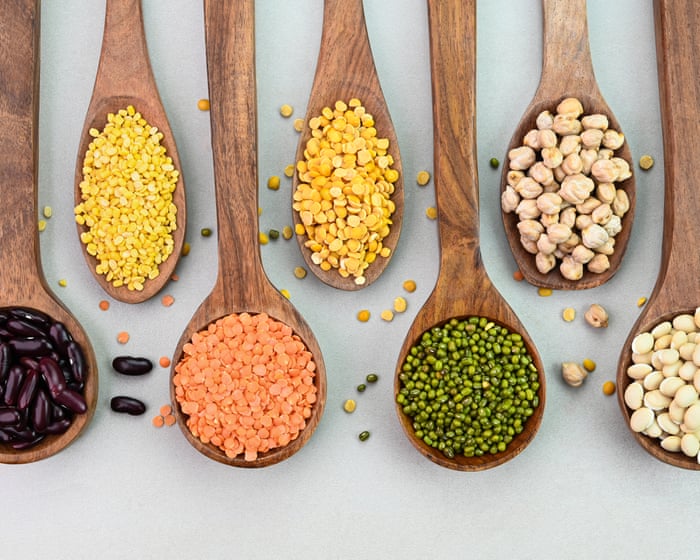Name: Bratwurst
Age: That’s complicated.
Appearance: Also complicated.
Why? Because it depends on where you are. Take the Coburger bratwurst—it’s longer than most, stretching up to 25cm (10in). And as they say, size matters. But in Thuringia, they’re proud of their more modest 15-20cm sausages—so proud they even have a bratwurst museum.
Now, about that age question: How old is the bratwurst? That’s where things get heated. The earliest written record comes from a 1404 bill for sausage casings in Thuringia’s Arnstadt. So, bratwurst was invented there before 1404, right?
Not so fast. The world’s oldest sausage shop, Bavaria’s Wurstkuchl in Regensburg, claims to have been selling bratwurst since at least 1378. So maybe it’s Bavarian? Wait—there’s more. A Nuremberg decree from 1313 ruled that only pork loin could be used for sausage. Does that mean bratwurst was born in Nuremberg in 1313?
Well, Thuringian bratwurst has EU-protected status, so does that make it the original? It’s messy—Nuremberg’s tiny 8cm version also has protected status. (Eight centimeters? Seriously?)
But now there’s a new twist: Researchers in Thuringia’s Erfurt found a reference to a brathütte (a meat-roasting stand) operating in 1269—over 40 years before Bavaria’s oldest claim. History rewritten?
Not so fast, says the Bratwurst Museum. A roasting stand doesn’t prove bratwurst was invented there. The 1404 document, they argue, is the first clear mention.
Honestly, I don’t care. This debate has been raging for 25 years—it can keep going without me.
Do say: “Despite its murky origins, bratwurst is a truly German, ancient delicacy worth celebrating.”
Don’t say: “Not these, though. These were made this morning.”
FAQS
### **FAQs About “The Great Bratwurst Debate: Why Is This Humble Sausage So Hotly Contested?”**
#### **Beginner Questions**
**1. What is bratwurst?**
Bratwurst is a German sausage made from pork, beef, or veal, seasoned with spices like nutmeg, ginger, and caraway. It’s usually grilled or pan-fried.
**2. Why is there a debate about bratwurst?**
People argue over its origins, best cooking methods, proper seasoning, and even how it should be served (e.g., with or without mustard, in a bun, or with sauerkraut).
**3. Where did bratwurst originate?**
Germany claims it, but regions like Franconia, Thuringia, and Nuremberg each say they invented their own version.
**4. What’s the best way to cook bratwurst?**
Grilling and pan-frying are most common, but some swear by simmering in beer or broth first to keep it juicy.
#### **Intermediate Questions**
**5. What’s the difference between bratwurst and other sausages?**
Unlike hot dogs (smoked and pre-cooked) or Italian sausage (fennel-heavy), bratwurst is fresh, coarser, and often milder in spice.
**6. Why do some people boil bratwurst before grilling?**
Boiling in beer or broth ensures even cooking and prevents bursting on the grill while adding flavor.
**7. Is bratwurst healthy?**
It’s high in protein but also in fat and sodium. Leaner versions (like chicken bratwurst) exist for a healthier option.
**8. What’s the proper way to serve bratwurst?**
Traditionally, it’s in a crusty roll with mustard, but regional variations include sauerkraut, onions, or curry ketchup (in Germany’s “currywurst”).
#### **Advanced & Controversial Questions**
**9. Why do some regions insist their bratwurst is the only “real” one?**
Local pride and centuries-old recipes make towns fiercely protective of their versions (e.g., Nuremberg’s tiny brats vs. Thuringia’s long,




